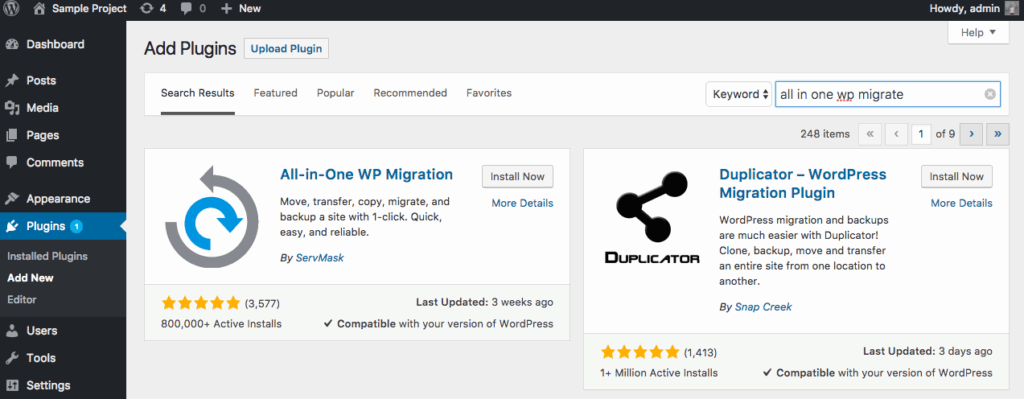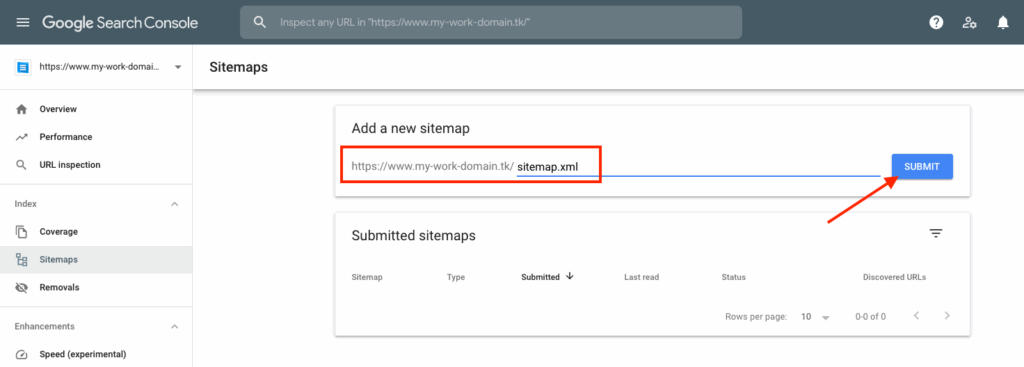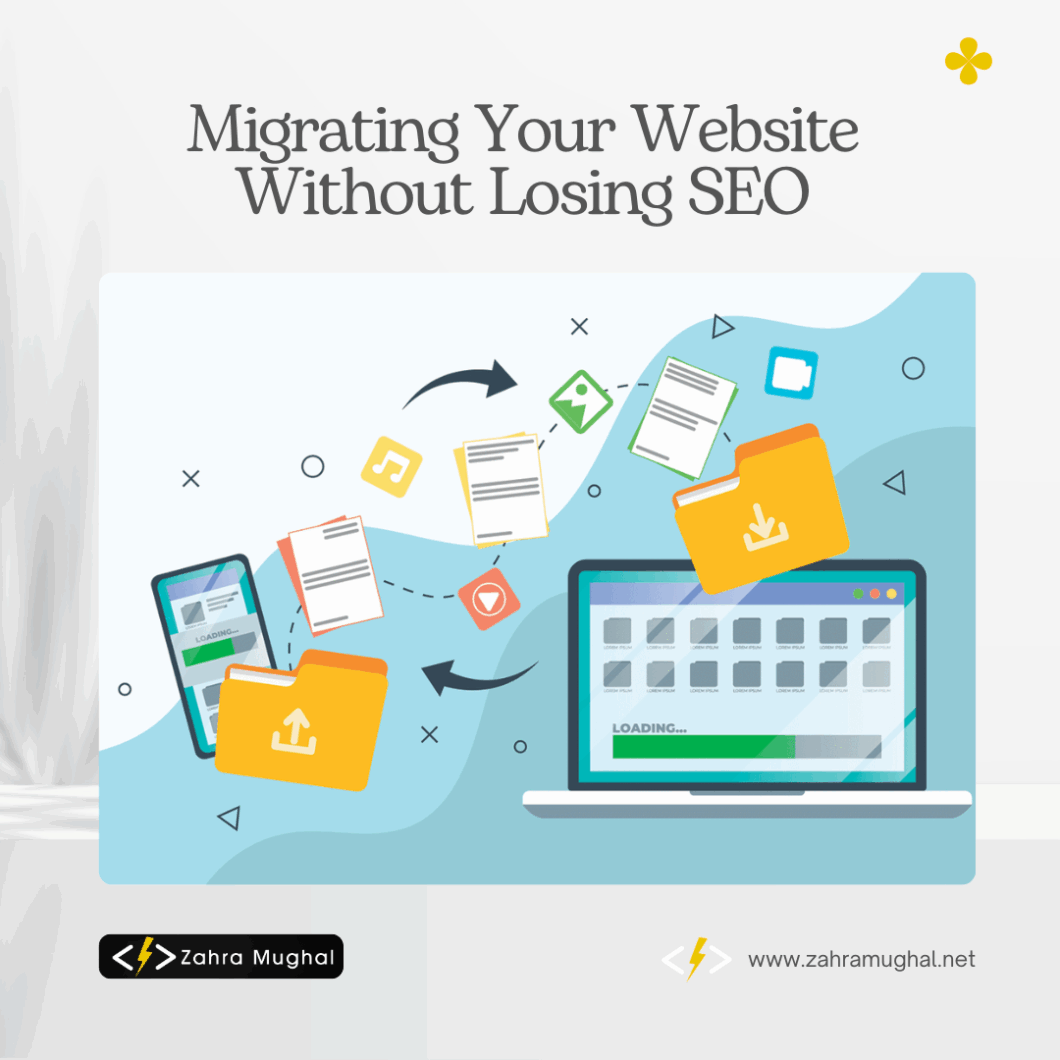Website migration is a big step for any business. Whether you’re switching domains, moving to a new hosting provider, redesigning your site, or changing your CMS, the process can impact your search engine rankings if not handled carefully.
In this step-by-step guide, we’ll walk you through the right way to migrate your website without losing SEO, so you can keep your traffic, rankings, and visibility intact.
Why Website Migration Affects SEO
Search engines like Google build a map of your website using URLs. When you migrate, those URLs may change. If not properly redirected or optimized, search engines may see the new site as different from the old one—causing:
- Loss of organic traffic
- Drop in keyword rankings
- Broken links and 404 errors
- Poor user experience
That’s why a strategic migration plan is crucial.
Step 1: Create a Backup of Your Current Website
Before making any changes, back up your site. This ensures you can restore your site if anything goes wrong.
- Export database and files (if using WordPress, use plugins like UpdraftPlus or All-in-One WP Migration).
- Keep multiple backup copies—both online and offline.

Think of it as an insurance policy for your SEO.
Step 2: Crawl Your Existing Website
Use tools like Screaming Frog, Ahrefs, or SEMrush to crawl your website. This gives you:
- A complete list of existing URLs
- Meta titles and descriptions
- Internal link structure
- Canonical tags
Save this report—it will help you compare the old and new site after migration.
Step 3: Plan Your URL Structure
If your URLs are changing, map out 301 redirects from the old URLs to the new ones.
For example:
- Old URL:
example.com/blog-post - New URL:
example.com/articles/blog-post
Use 301 (permanent) redirects, not 302 (temporary), to pass SEO authority.
Step 4: Update Internal Links
Check your site’s internal links and update them to the new structure. Internal linking is important for SEO because it helps search engines understand your site hierarchy.
- Fix broken links
- Avoid redirect chains (linking to a redirect instead of the final page)
Step 5: Migrate Content Carefully
Make sure all your content is transferred correctly:
- Blog posts
- Landing pages
- Product descriptions
- Images and media files
- Meta tags (title, description, alt text)
👉 Keep your content consistent—Google values historical content signals.
Step 6: Test the Migration in a Staging Environment
Never migrate directly to a live site. Instead:
- Test the migration in a staging environment
- Check redirects
- Ensure forms, navigation, and functionality work
- Run a crawl test on staging before going live
Step 7: Submit New Sitemap to Google
Once the new site is live:
- Generate an updated XML sitemap
- Submit it in Google Search Console
- Request indexing of key pages

This helps Google crawl and index your new site faster.
Step 8: Monitor Analytics & Search Console
After migration:
- Track traffic and rankings daily for at least 2-4 weeks
- Watch for sudden drops in clicks or impressions
- Check Google Search Console for crawl errors and fix them
Step 9: Audit Post-Migration SEO
Run a post-migration SEO audit:
- Test all redirects (old URLs should point to correct new URLs)
- Ensure meta tags and schema markup are intact
- Check site speed and mobile responsiveness
- Fix any 404 errors quickly
Best Practices for SEO-Safe Migration
- Keep the same content wherever possible
- Use canonical tags properly
- Avoid long redirect chains
- Update backlinks (reach out to websites linking to your old URLs)
- Monitor rankings weekly
Migrating a website doesn’t have to mean losing your SEO rankings. With careful planning, redirects, and monitoring, you can move your site smoothly while keeping your organic traffic safe.
Think of migration as an opportunity: not just to improve your website’s design or hosting but also to strengthen its SEO foundation.

